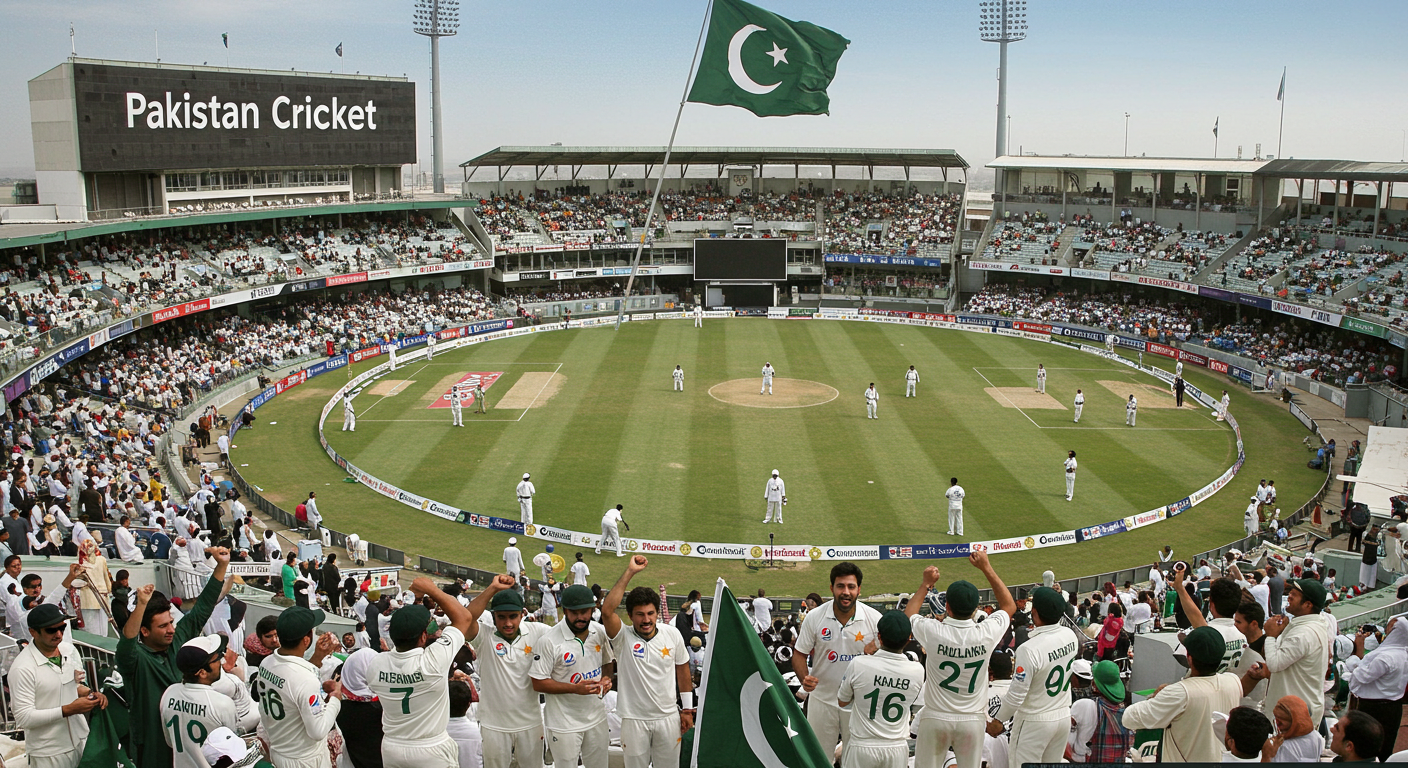Pakistan Cricket Team’s Asia Cup Kits: A Look at Their Style and Significance
Pakistan Cricket Team’s Asia Cup Kits: A Look at Their Style and Significance
The Asia Cup, a premier cricket tournament, always brings a spectacle of athleticism and national pride. Beyond the on-field action, the kits themselves become a crucial part of the narrative. Pakistan’s Asia Cup kits, often imbued with symbolic meaning, are more than just pieces of clothing; they’re a visual representation of the team’s spirit and aspirations. Let’s delve into the fascinating world of Pakistan’s Asia Cup jerseys, analyzing their design elements, cultural influences, and the stories they tell.

Beyond the Colors: Exploring the Design Elements
From vibrant hues to intricate patterns, Pakistan’s Asia Cup kits often reflect a blend of modern design and traditional motifs. The designs often incorporate elements that are both visually appealing and culturally relevant. We see a careful consideration of the audience, including sponsors, and the desired overall aesthetic. Often, the color schemes, inspired by historical events and figures, or even modern sports trends, also bear a connection to the team’s aspirations for the tournament.
Cultural Influences: A Deeper Dive into Symbolism
Pakistani culture is rich with symbolism, and this is often reflected in the team’s Asia Cup kits. For instance, traditional Pakistani patterns might be subtly woven into the fabric design or embroidered onto the jerseys. These elements serve not only as visual enhancements but also as subtle expressions of national pride and heritage, creating a sense of community and unity.
The choice of colors themselves can hold deeper meanings, sometimes linked to national symbols, important historical figures, or even to the specific team’s recent successes. Fans can often connect with the symbolic representation on a deeper level. Studying the design language of the kits offers insights into the cultural nuances of Pakistan and its cricket community.
The Evolution of the Kits: A Historical Perspective
Through the years, Pakistan’s kits have undergone transformations, reflecting changes in sports fashion and design trends. Earlier kits might have been simpler in their design but reflected the spirit of the era. Current kits often feature innovative designs that incorporate modern technology and techniques, improving player comfort and performance.
The evolution of the kits is also a testament to the evolution of Pakistan’s cricket team itself. From the early days to the current era, the kits reflect the highs and lows of the team’s performance in the Asia Cup.
The Role of Sponsors: Partnerships and Visual Identity
Beyond the artistry of the design, the Asia Cup kits also feature the logos and branding of various sponsors. This commercial partnership adds another layer to the visual narrative. This interplay between cultural symbols and commercial interests is a common phenomenon in sports, impacting how the kits are perceived by fans, players, and the wider audience.
The sponsors’ branding plays a crucial part in the overall visual identity of the kit. It reflects both the sponsors’ goals and the cricket team’s commitment to its image. The inclusion of sponsor logos is not merely about revenue; it’s about building a cohesive brand narrative.
Player Performance and Kit Influence: A Complex Relationship
While kits are a visual representation of national pride, it’s important to note their influence on player performance isn’t always direct. The focus should always be on the player’s skill and dedication, with kit design serving as a complementary factor. A well-designed kit can foster a sense of unity and pride within the team, creating a psychological advantage that contributes to better performance.
Beyond the aesthetic aspect, the design can also influence how players feel in the field. A comfortable and properly fitted kit can contribute to their performance, but the team’s overall success always relies significantly on their athletic ability and tactical strategies.
The Fan Experience: Kits as a Source of Pride
For fans, the kits evoke a strong sense of national pride and passion. The kits are not just about aesthetics; they’re a representation of a shared cultural identity and a celebration of Pakistani cricket. Fans often treasure their team’s kits and wear them with pride, displaying their support in and outside of the stadiums. This enthusiasm is palpable and helps to create a passionate atmosphere around the game, contributing to a truly engaging experience for fans.
This fan enthusiasm is essential to the growth and popularity of the sport within the country. These kits often become collector’s items, serving as tangible reminders of memorable matches and moments. The design elements frequently carry a significant cultural weight, often connecting fans to a shared history and heritage.
Future Trends and Innovations in Pakistan’s Asia Cup Kits
As the world of sports apparel continuously evolves, we can anticipate innovative designs and technological advancements in future Pakistan Asia Cup kits. These advancements may include advanced fabrics to optimize player comfort and performance, or cutting-edge design elements that further enhance their visual appeal. Future developments may incorporate sustainability and eco-friendly materials.
The future of these kits may see an increased emphasis on inclusivity and diversity, reflected in design and symbolism. The expectation is also for designers to pay closer attention to the cultural and historical context of Pakistani cricket in their designs.
In conclusion, Pakistan’s Asia Cup kits are more than just pieces of clothing; they’re a vital component of the team’s identity, a reflection of national pride, and a source of inspiration for fans. They offer a fascinating window into the blend of cultural heritage and modern sports trends. From the design elements to the sponsor partnerships, each aspect contributes to a rich and evolving narrative that embodies the spirit of Pakistani cricket. The kits hold a special significance for both players and fans, adding another layer of excitement to the Asia Cup tournament.